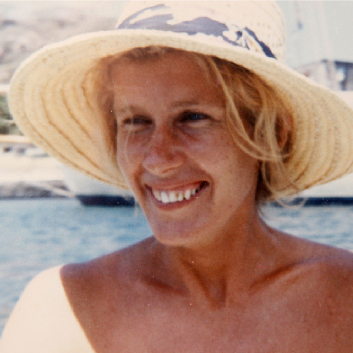
Barbara Gibson’s family accepted many years ago that their beloved daughter and sister met with foul play, and with almost no evidence to explain her disappearance 30 years ago, one name has continually been raised.
‘‘Ivan Milat – we’ve always had a thing about him,’’ Ms Gibson’s brother, David, said yesterday.
‘‘We always thought he might have latched onto her ... we can’t say that’s what happened, but that’s what we feel.
‘‘He was in the area at about that time.’’
Ms Gibson, who was 28, had moved from Wangi Wangi to the Sydney suburb of Dulwich Hill only a couple of weeks before she said she was going flat-hunting with a friend in January 1980, Newcastle Coroner’s Court heard yesterday.
Ms Gibson had also packed a bag because she intended to spend the weekend with her parents at their Wangi Wangi home.
She was last seen by her aunt in Sydney at about 8.30am January 19, 1980, and was reported missing four days later.
Her case was handled by Wangi Wangi police, the homicide squad and the
missing persons unit before it was assigned to Constable Christine Ebejer in 2007.
Constable Ebejer told the inquest that she believed Ms Gibson had died. Deputy State Coroner Elaine Truscott ruled that Ms Gibson met with foul play by a person or persons unknown somewhere in NSW.
Ms Gibson regularly hitch-hiked, but her family told the inquest that she probably intended to catch a train to either Dora Creek, Morisset or Fassifern.
From there, Ms Gibson may have caught a bus or hitchhiked to Wangi Wangi, but as Ms Truscott said, Ms Gibson may not have left Sydney.
Ms Truscott said Ms Gibson’s case should have been referred to a coroner ‘‘many years ago’’, and the handling of the case by police in the 1980s ‘‘could be subject to criticism’’.
However, Ms Truscott also said the investigation needed to be seen in its
historical context when record keeping was not as vigilant and technologies such as mobile phones and security cameras did not exist.
Mr Gibson agreed.
‘‘[The police] just didn’t seem to follow things up,’’ he said.
‘‘But that’s just how things were in those days.’’
One person who could have helped the investigation was Sally Tomkin, the inquest heard.
Ms Tomkin may have met Ms Gibson the day before they decided to go flat-hunting together.
By the time police went to interview Ms Tomkin, about 18 months after Ms Gibson’s disappearance, she had returned to England.
She left Australia several months after Ms Gibson’s disappearance and police have not been able to find her.
Mr Gibson said his family accepted many years ago that Ms Gibson died.
He said his sister was an avid letter writer, especially to their mother, and
had never lost contact even when Ms Gibson travelled the world in her 20s.
Ms Gibson’s first trip was to Bali in the early to mid-1970s before she travelled to places such as China and India.